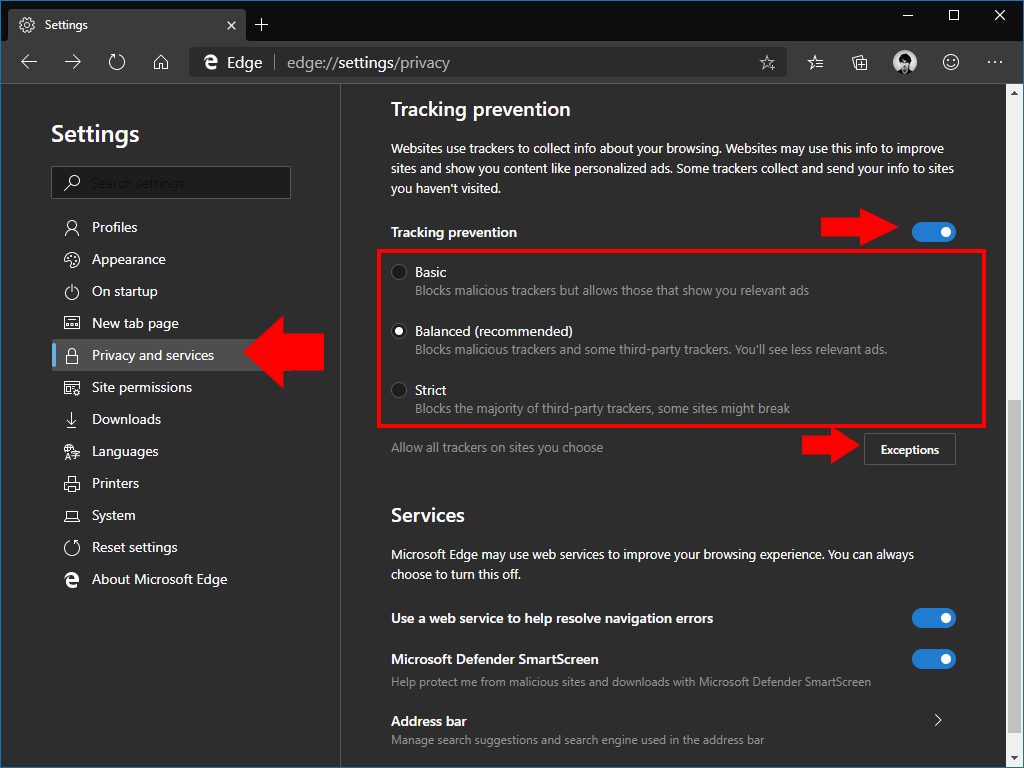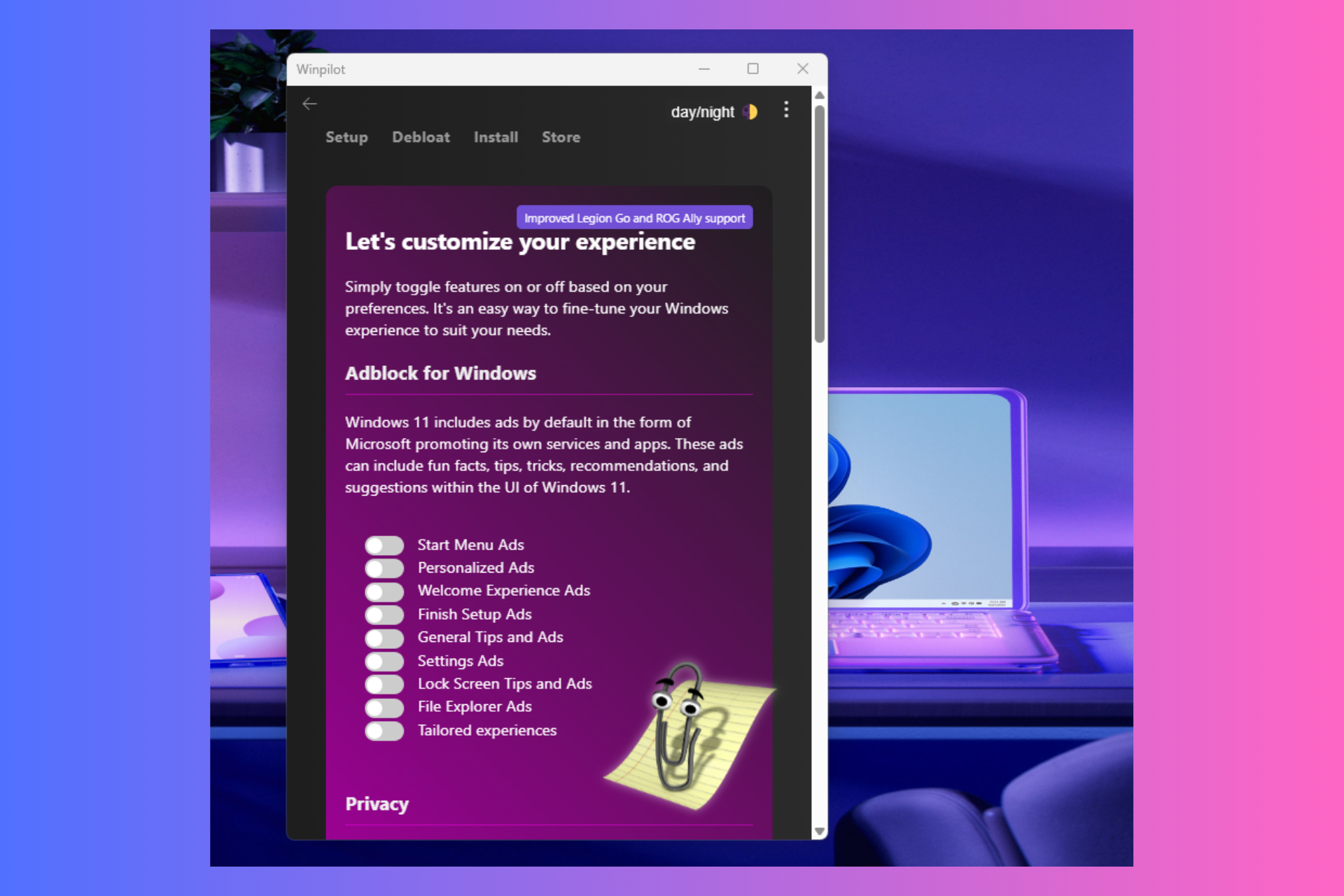How to use tracking prevention in Edge Insider
2 min. read
Published on
Read our disclosure page to find out how can you help Windows Report sustain the editorial team Read more

Microsoft’s Edge Insider builds now include support for tracking prevention. This feature helps protect your privacy online by disabling website trackers. This stops companies from monitoring your browsing history to serve up targeted ads.
Tracking Prevention is now enabled by default in current Edge dev builds. You can find it under “…” > Settings > Privacy and services > Tracking prevention. You can disable the feature altogether by turning the “Tracking prevention” toggle button to “Off.”
With Tracking Prevention on, you have access to three different prevention levels: Basic, Balanced and Strict. Balanced is the default. It blocks known malicious trackers, as well as some third-party trackers which may power personalized ads.
Switching to Basic mode will allow third-party trackers to continue operating. Only malicious trackers are blocked by this setting.
Using the Strict mode gives you the greatest privacy. The majority of third-party tracking scripts will be caught and blocked. However, this is likely to break some webpages. You might see empty spaces where third-party content should be loaded.
You can mitigate the impact of this by adding exceptions for particular sites. Click the “Exceptions” button to configure a whitelist of sites where trackers should be allowed. This gives you the best protection while ensuring reputable sites continue to work as intended.
Tracking prevention is a valuable feature which is becoming more common across browsers. It is therefore a positive move by Microsoft to include it in the next version of Edge. Whether you use it is ultimately a personal choice; although there are clear benefits, the feature is not without its drawbacks, which some may see as significant shortcomings.










